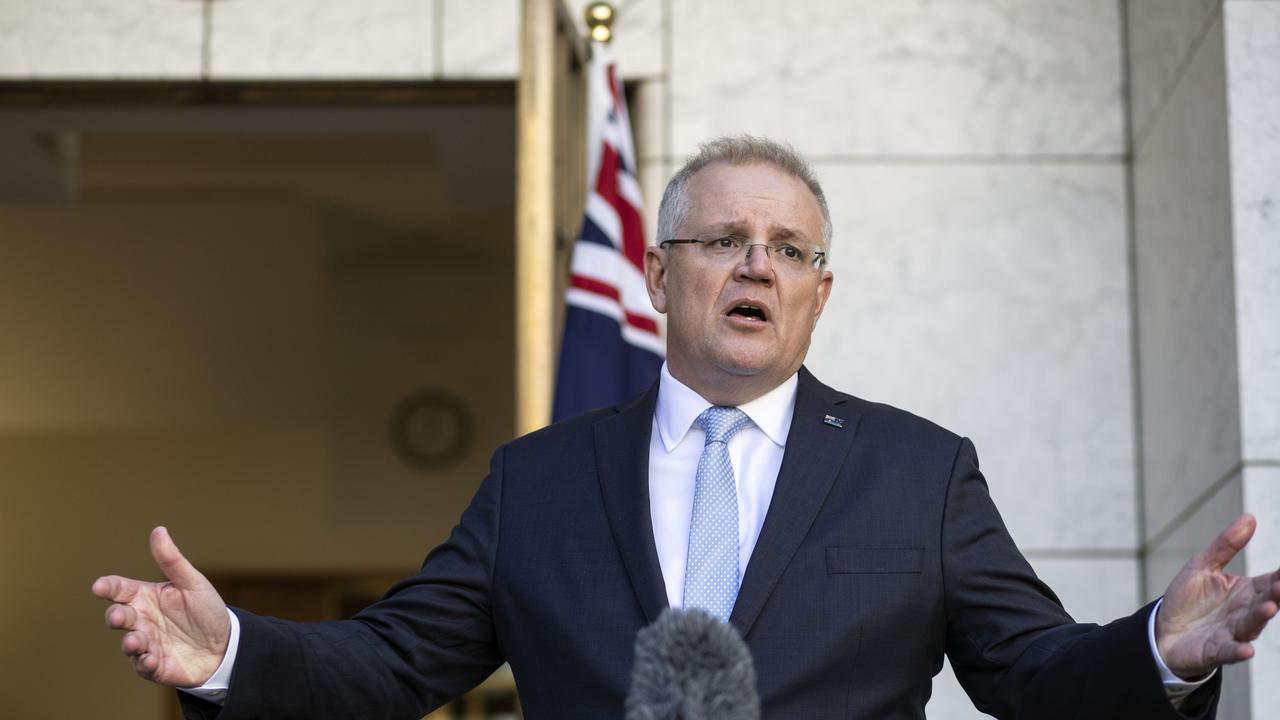JobKeeper: Why casual workers are biggest losers in government scheme
A new discussion paper has revealed the extraordinary number of workers who were not eligible for JobKeeper sacked by their employers.

Employers sacked 700,000 casual workers this year because they were not eligible for JobKeeper according to a new analysis.
The brutal metric of who stays and who goes in the post-pandemic economy is outlined
today in a new discussion paper from The Australia Institute.
The findings provide a grim outlook for more than two million Australian workers who will be kicked off JobKeeper in September when the turnover test is reapplied to tighten eligibility.
According to the Australia Institute, the JobKeeper scheme is encouraging businesses to dismiss ineligible employees, meaning casuals employed for less than a year and nonresident workers have been disproportionately affected by job losses in recent months.
Many of these companies were eligible for JobKeeper for some staff, with Treasury data suggesting the number of eligible workers remained the same but the number of ineligible workers in jobs halved after JobKeeper was announced, going from 14 per cent of the labour force to 7 per cent by the end of May.
At the same time, the number of Australians on JobSeeker unemployment payments doubled.
The Australia Institute claims that 723,700 people lost their jobs because they were ineligible workers in businesses that were attracting JobKeeper.
RELATED: Follow our live coronavirus coverage
RELATED: Breakthrough in the race to find a vaccine for the deadly coronavirus

“Unfortunately, there is a strong incentive in JobKeeper to dismiss non-eligible workers,” said David Richardson, Senior Research Fellow at The Australia Institute.
“Almost three-quarters of a million Australians have been let go from businesses that qualified for JobKeeper because they themselves were made ineligible for the scheme.
“Too many workers in highly casualised and insecure industries, such as arts and entertainment, hospitality, retail and accommodation have been intentionally overlooked by this scheme and now we are seeing the consequences in black and white.
This week, Prime Minister Scott Morrison announced that JobKeeper will be extended until March on reduced payments with tighter eligibility.
That change is expected to see the number of workers on JobKeeper slashed from 3.5 million to just 1 million by next year.
But Mr Morrison has guaranteed that every boss currently securing JobKeeper in Australia for their staff will hang on to the $1500 handout until September.
A part-time rate will also be offered to casuals, who will no longer secure a flat-rate subsidy that is the same as full-time workers.
The new full-time rate is $1200 and the new part-time rate is $750.
RELATED: Scott Morrison to reveal Australia’s biggest deficit since World War II

“It will be phased and we will be announcing the next phase post September. It will be targeted, it will be temporary, it will be effective as the first round has been, we do know this first round has been very important,’’ Mr Morrison said.
”There will be several months for businesses to adjust to the next phase. But the support that had been in place since April will be in place until September, and then we’ll move into a new phase.”
Labor treasury spokesman Jim Chalmers urged the Morrison Government to explain how it will help create jobs today as it prepares to unveil the largest deficit since World War II.
“We’ll hear today how deep the downturn is here and how high unemployment will get to and how much debt has been piled up not just with this crisis but before it as well,’’ he said.
“A lot of Australians are anxious and worried and what they need to hear from the government is not just how grim it is but what they’re going to do about it.”




